Using lost foam to produce precision casting, the carbon content of iron castings is close to saturation, and the concentration gradient of carbon between gas phase and precision casting is very small, and free carbon in the gas phase is not easy to migrate and diffuse to the surface of the casting. Therefore, surface carburization rarely occurs when casting iron castings.
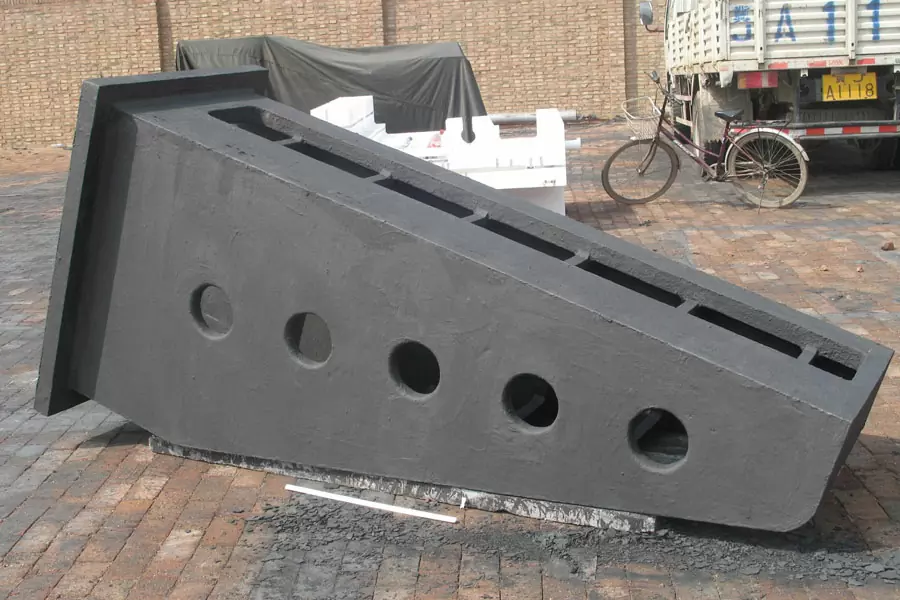
For iron castings, surface wrinkles are the most common defect. Because free carbon does not easily penetrate into the surface of the casting, but is deposited on the surface of precision casting and molds. During this pouring, the ES type is in contact with the molten metal and decomposes into three components: gaseous, liquid and P-mode solid.
The gas phase is mainly composed of CO, CO: 2, H, methane, styrene and its derivatives; the liquid phase is mainly composed of liquid hydrocarbon groups such as benzene, toluene, styrene and glassy polystyrene; the solid phase is mainly composed of polystyrene thermal Decomposition of the bright carbon and coke residue group formed.
- 1) The residual solid phase carbon between the metal surface and the mold forms a wrinkle defect. The solid high-temperature carbon accumulates locally, causing the surface of the casting to be rough, which is a wrinkle defect. The bright carbon in the phase forms a melt adhesive with the gas and liquid phase, and the liquid phase will also decompose at a certain speed to form a secondary gas and solid phase. Dimers, trimers and repolymers in the liquid tend to appear as a viscous pitch-like liquid. This liquid decomposition product remains on the inside of the coating, part of it is absorbed by the coating, and a part of a corrugated corrugated skin) b) The nodular corrugated skin forms a thin film between the casting and the coating, and this part of the thin film is reducing (O)C The formation of flakes or scaly crystalline residual carbon in the atmosphere, that is, the formation of wrinkled skin. Some of them gather on the surface of the casting and are irregularly coarse-grained, forming a drop-knob-like wrinkled skin with slag-like wrinkles, which is mainly due to the polystyrene solid product that has not been vaporized in the molten metal during the pouring process. After the precision casting is cooled and solidified, these soot-like carbon soot inclusions form irregular slag-like wrinkle defects on the surface of the casting.
- 2) In the “” part of the molten metal flow, the residual liquid phase is due to surface tension) cold end e) cold-separated corrugated skin d) slag-like corrugated skin shrinks to form a corrugated skin defect ESP produces cracked products or tar-like residue in the corrugated skin During the defect process, it softens and shrinks, thickening the thin honeycomb structure membrane in the original foam plastic thousands of times, destroying the foam structure and forming a thick dura mater. This liquid or hard-film polystyrene residue floats on the molten metal surface in a glassy state or adheres to the mold wall. Therefore, these are maintained at the boundary J: Wrinkled skin defects can be divided into corrugated corrugated skin, bead-shaped corrugated skin, cold-separated corrugated skin, and slag-like corrugated skin according to appearance. Generally, corrugated corrugated skin has a shallow depth. The latter three are deeper. Its depth is lighter than 01. ~1mm, Yanying’s is about 10mm… The surface of such precision casting defects is often covered with light and shiny carbon flakes, and the recesses of the defects are filled with soot and carbon, which are surface carbon defects. The wrinkle defect often occurs in the liquid ESP from the metal. It is too late to vaporize during the condensation process of the molten iron. Because the surface tension is different from that of the molten iron, it causes shrinkage. After the molten metal is cooled and solidified, it becomes non-liquid and finally flows to the part or flow. The “cold end” part. Continuous corrugated wrinkled skin defects and cold partition wrinkled skin.
- 3) The pulsating flow process produces wrinkled skin defects ES liquid metal P and quickly vaporizes after contact, producing a large amount of gas. At the beginning of pouring. The metal indenter is large and the liquid metal is filled smoothly. But with the precision casting pouring. Because the air permeability of the coating and the mold is constant, the pressure at the air gap gradually increases. In this way, the pressure at the metal head and the air gap must be balanced at a certain moment. At this moment, the generation mechanism of the wrinkle defect is a problem. The complicated process involves the heating of the model.
If you are looking for dependable volume manufacturing metal parts supplier with High pressure die casting service who offers you competitive price, good service and quality for aluminium die casting, zinc, or magnesium die casting, then BE-CU Prototype are surely a partner you are looking for to fulfill all your die casting needs. With quality service and state of art technology, BE-CU indeed claim in providing quality pressure die casting including aluminum/zamak/magnesium alloy castings to our customers all over the world. To work with us,be-cu don’t just stop at taking your order and delivering your die casting products. be-cu are there for you at every step right from your preferred selection of aluminum die casting, Zamak die casting (Zamak 2, Zamak 3, Zamak 5, Zamak 8) or magnesium die casting products and services to post-order phase. In brief, once you become our customer, be-cu are with you every step on the way. The Detail Of BE-CU Die Casting Company

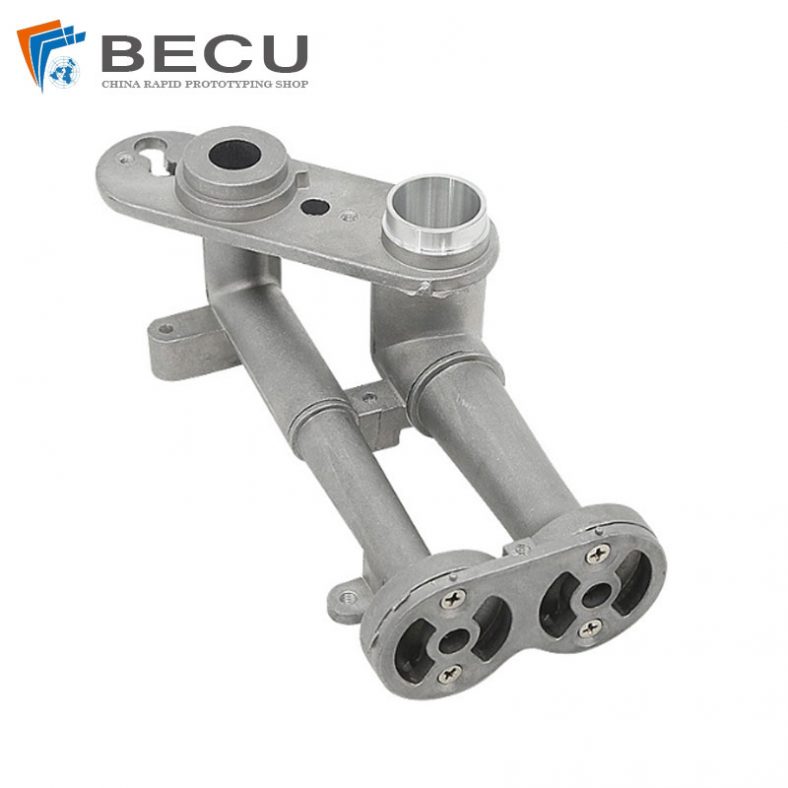
CNC Machining Gas Stove Bottom Joint

Gravity Die Casting Custom Street Light Heat Sink
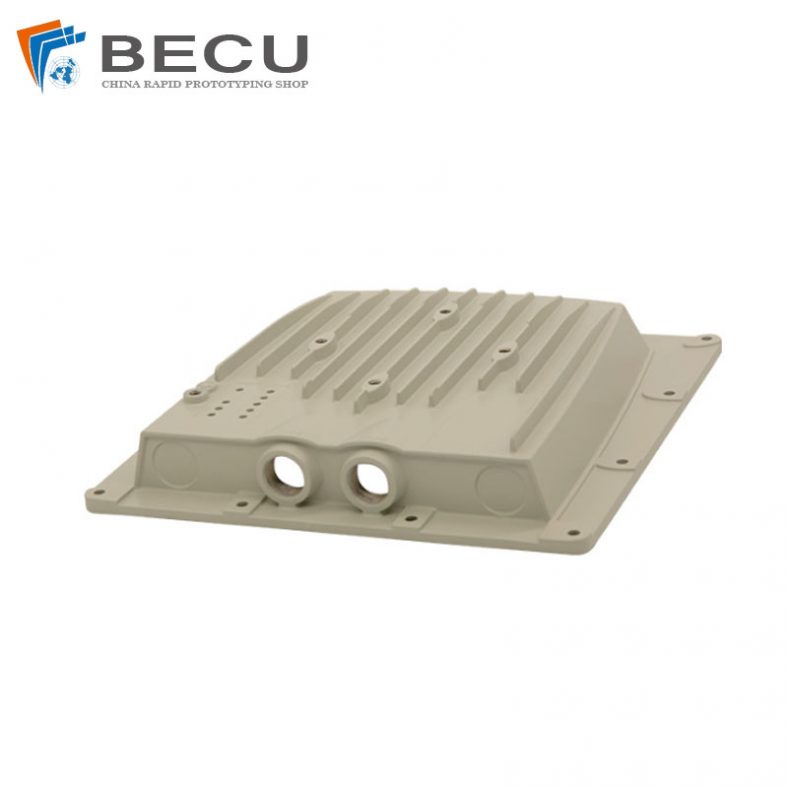
Die Casting LED Canopy Lights Heatsink For Gas Station
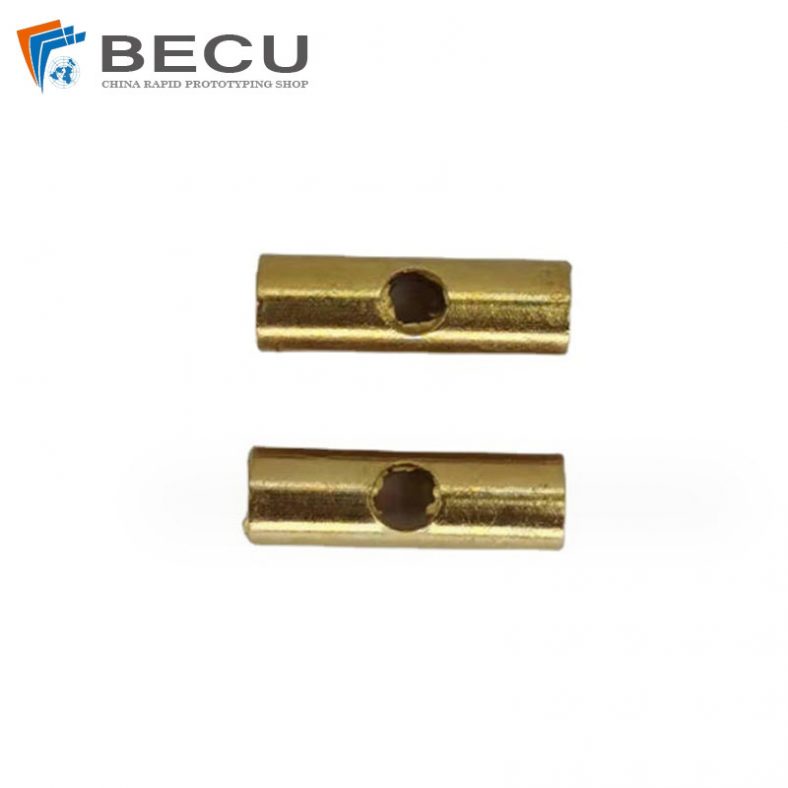
Zinc Die Casting PA10 Transformer Connector Terminal
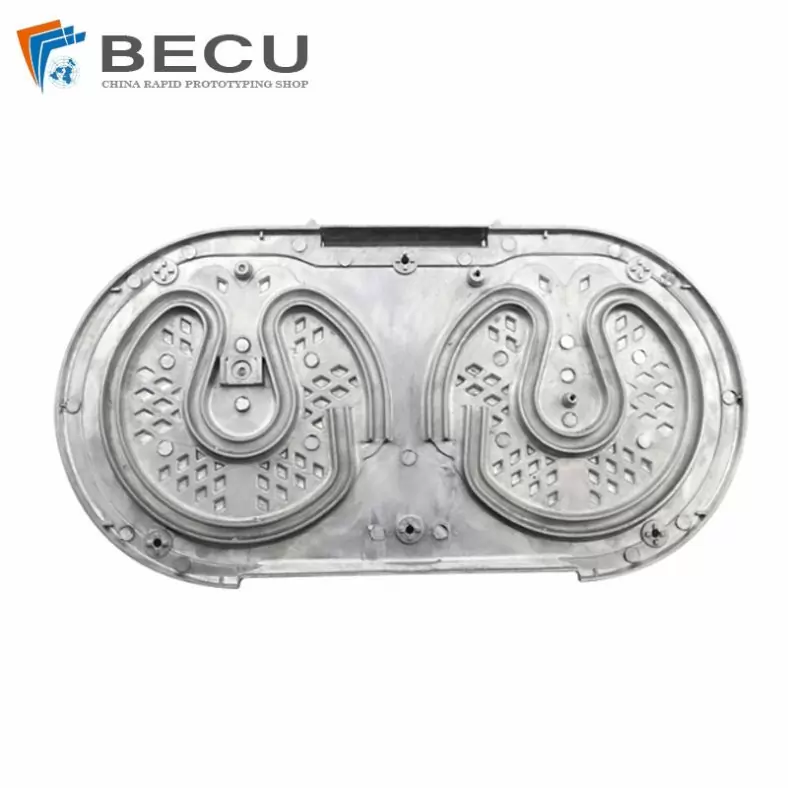
Die Casting Aluminium Cookware Chassis

Die Casting Wheels With Aluminum Alloy 5 Axis CNC Machining
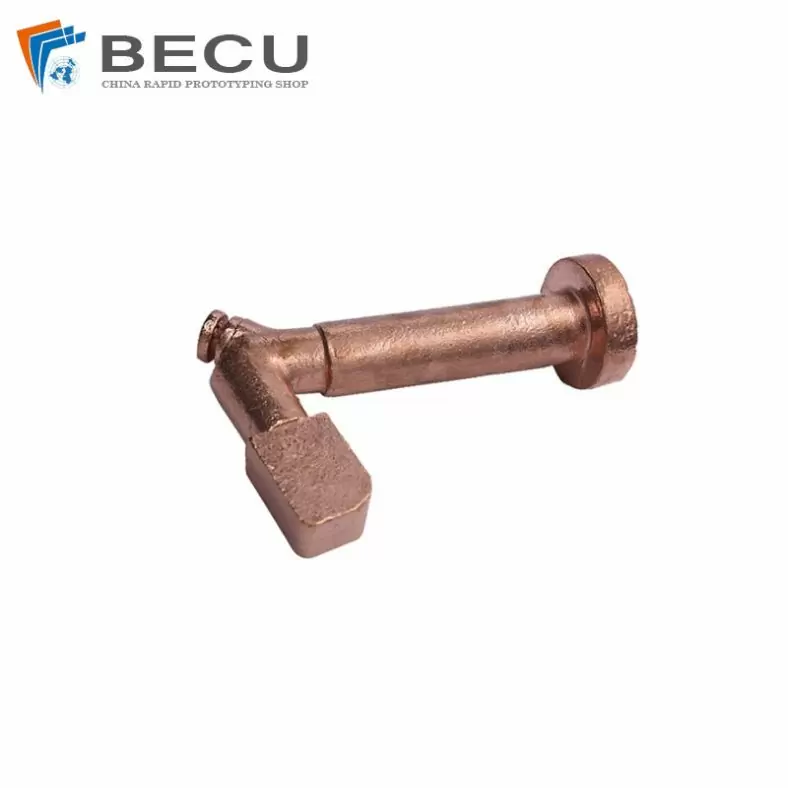
Precision Machined Copper Die Casting Parts
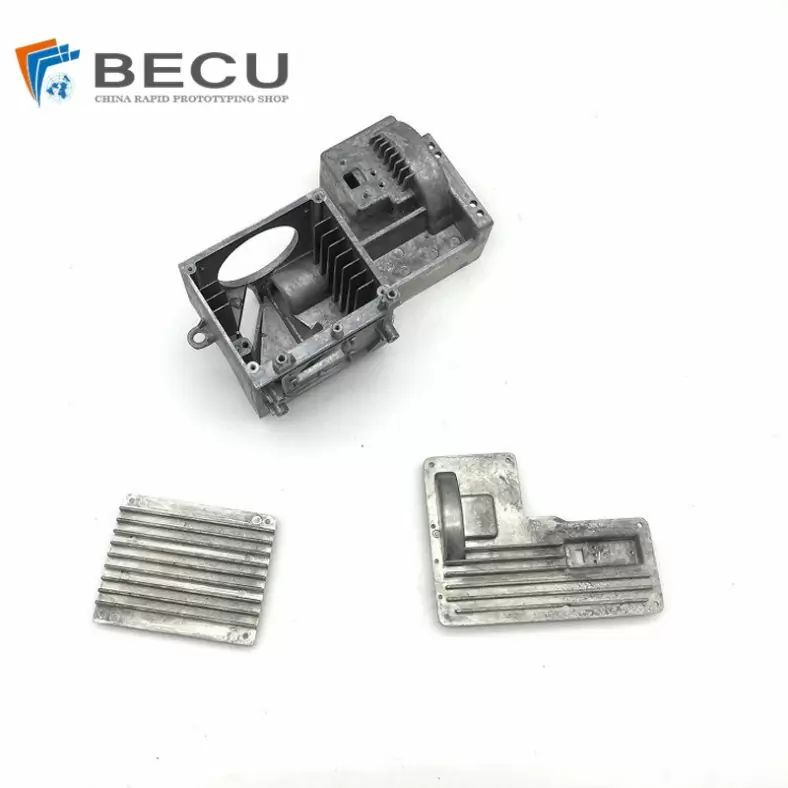
Professional Small Baler Aluminum Alloy Die-casting Mold Production
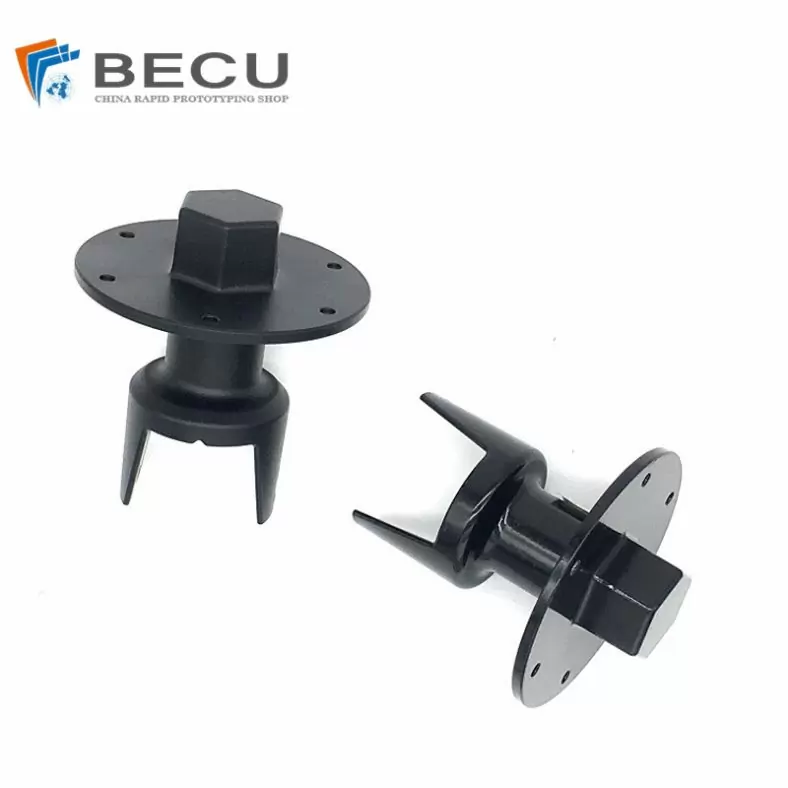
China Die Casting Factory Manufactures Surface Sprayed Aluminum Valve Body
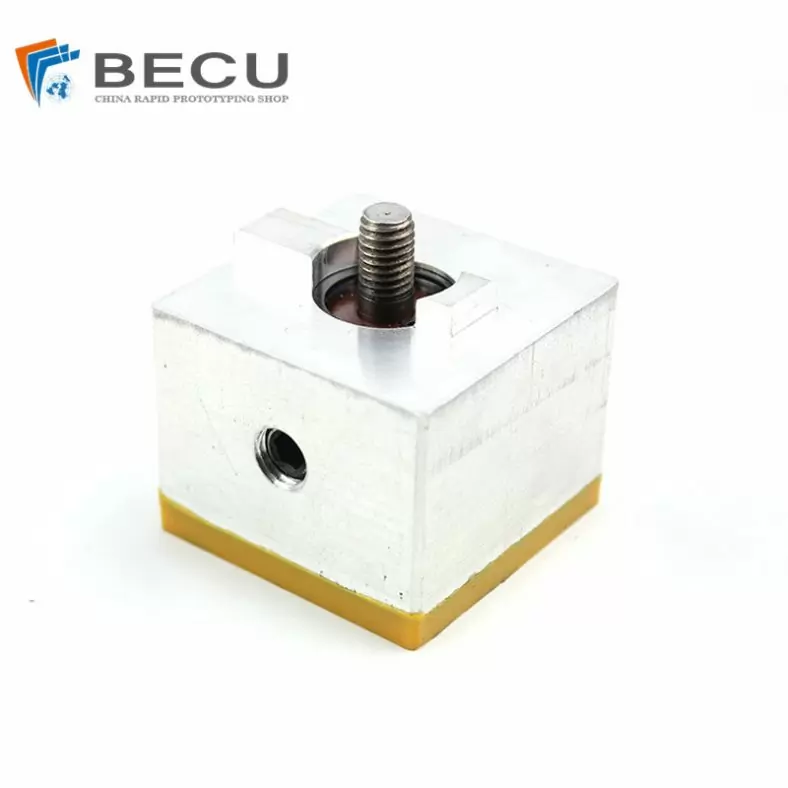
Extrusion Die-casting Polyurethane-Coated Aluminum Alloy Profiles

Custom Precision Aluminum Die Cast Brackets and Finishes
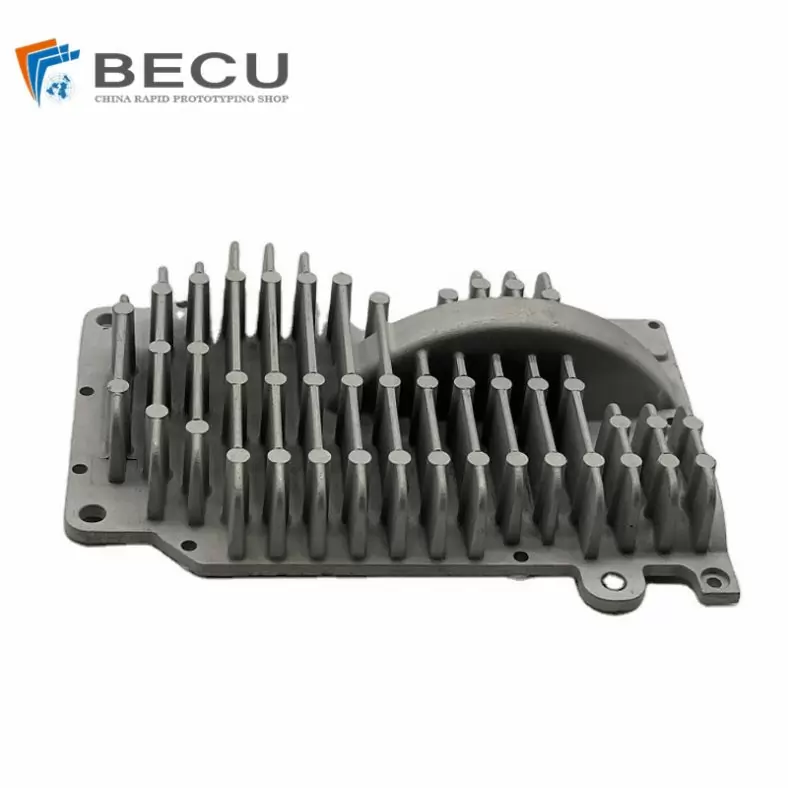
Extrusion Die-casting Magnesium Alloy Heat Sink Shell
